5.2: Vocabulary
- Page ID
- 151331
\( \newcommand{\vecs}[1]{\overset { \scriptstyle \rightharpoonup} {\mathbf{#1}} } \)
\( \newcommand{\vecd}[1]{\overset{-\!-\!\rightharpoonup}{\vphantom{a}\smash {#1}}} \)
\( \newcommand{\dsum}{\displaystyle\sum\limits} \)
\( \newcommand{\dint}{\displaystyle\int\limits} \)
\( \newcommand{\dlim}{\displaystyle\lim\limits} \)
\( \newcommand{\id}{\mathrm{id}}\) \( \newcommand{\Span}{\mathrm{span}}\)
( \newcommand{\kernel}{\mathrm{null}\,}\) \( \newcommand{\range}{\mathrm{range}\,}\)
\( \newcommand{\RealPart}{\mathrm{Re}}\) \( \newcommand{\ImaginaryPart}{\mathrm{Im}}\)
\( \newcommand{\Argument}{\mathrm{Arg}}\) \( \newcommand{\norm}[1]{\| #1 \|}\)
\( \newcommand{\inner}[2]{\langle #1, #2 \rangle}\)
\( \newcommand{\Span}{\mathrm{span}}\)
\( \newcommand{\id}{\mathrm{id}}\)
\( \newcommand{\Span}{\mathrm{span}}\)
\( \newcommand{\kernel}{\mathrm{null}\,}\)
\( \newcommand{\range}{\mathrm{range}\,}\)
\( \newcommand{\RealPart}{\mathrm{Re}}\)
\( \newcommand{\ImaginaryPart}{\mathrm{Im}}\)
\( \newcommand{\Argument}{\mathrm{Arg}}\)
\( \newcommand{\norm}[1]{\| #1 \|}\)
\( \newcommand{\inner}[2]{\langle #1, #2 \rangle}\)
\( \newcommand{\Span}{\mathrm{span}}\) \( \newcommand{\AA}{\unicode[.8,0]{x212B}}\)
\( \newcommand{\vectorA}[1]{\vec{#1}} % arrow\)
\( \newcommand{\vectorAt}[1]{\vec{\text{#1}}} % arrow\)
\( \newcommand{\vectorB}[1]{\overset { \scriptstyle \rightharpoonup} {\mathbf{#1}} } \)
\( \newcommand{\vectorC}[1]{\textbf{#1}} \)
\( \newcommand{\vectorD}[1]{\overrightarrow{#1}} \)
\( \newcommand{\vectorDt}[1]{\overrightarrow{\text{#1}}} \)
\( \newcommand{\vectE}[1]{\overset{-\!-\!\rightharpoonup}{\vphantom{a}\smash{\mathbf {#1}}}} \)
\( \newcommand{\vecs}[1]{\overset { \scriptstyle \rightharpoonup} {\mathbf{#1}} } \)
\( \newcommand{\vecd}[1]{\overset{-\!-\!\rightharpoonup}{\vphantom{a}\smash {#1}}} \)
\(\newcommand{\avec}{\mathbf a}\) \(\newcommand{\bvec}{\mathbf b}\) \(\newcommand{\cvec}{\mathbf c}\) \(\newcommand{\dvec}{\mathbf d}\) \(\newcommand{\dtil}{\widetilde{\mathbf d}}\) \(\newcommand{\evec}{\mathbf e}\) \(\newcommand{\fvec}{\mathbf f}\) \(\newcommand{\nvec}{\mathbf n}\) \(\newcommand{\pvec}{\mathbf p}\) \(\newcommand{\qvec}{\mathbf q}\) \(\newcommand{\svec}{\mathbf s}\) \(\newcommand{\tvec}{\mathbf t}\) \(\newcommand{\uvec}{\mathbf u}\) \(\newcommand{\vvec}{\mathbf v}\) \(\newcommand{\wvec}{\mathbf w}\) \(\newcommand{\xvec}{\mathbf x}\) \(\newcommand{\yvec}{\mathbf y}\) \(\newcommand{\zvec}{\mathbf z}\) \(\newcommand{\rvec}{\mathbf r}\) \(\newcommand{\mvec}{\mathbf m}\) \(\newcommand{\zerovec}{\mathbf 0}\) \(\newcommand{\onevec}{\mathbf 1}\) \(\newcommand{\real}{\mathbb R}\) \(\newcommand{\twovec}[2]{\left[\begin{array}{r}#1 \\ #2 \end{array}\right]}\) \(\newcommand{\ctwovec}[2]{\left[\begin{array}{c}#1 \\ #2 \end{array}\right]}\) \(\newcommand{\threevec}[3]{\left[\begin{array}{r}#1 \\ #2 \\ #3 \end{array}\right]}\) \(\newcommand{\cthreevec}[3]{\left[\begin{array}{c}#1 \\ #2 \\ #3 \end{array}\right]}\) \(\newcommand{\fourvec}[4]{\left[\begin{array}{r}#1 \\ #2 \\ #3 \\ #4 \end{array}\right]}\) \(\newcommand{\cfourvec}[4]{\left[\begin{array}{c}#1 \\ #2 \\ #3 \\ #4 \end{array}\right]}\) \(\newcommand{\fivevec}[5]{\left[\begin{array}{r}#1 \\ #2 \\ #3 \\ #4 \\ #5 \\ \end{array}\right]}\) \(\newcommand{\cfivevec}[5]{\left[\begin{array}{c}#1 \\ #2 \\ #3 \\ #4 \\ #5 \\ \end{array}\right]}\) \(\newcommand{\mattwo}[4]{\left[\begin{array}{rr}#1 \amp #2 \\ #3 \amp #4 \\ \end{array}\right]}\) \(\newcommand{\laspan}[1]{\text{Span}\{#1\}}\) \(\newcommand{\bcal}{\cal B}\) \(\newcommand{\ccal}{\cal C}\) \(\newcommand{\scal}{\cal S}\) \(\newcommand{\wcal}{\cal W}\) \(\newcommand{\ecal}{\cal E}\) \(\newcommand{\coords}[2]{\left\{#1\right\}_{#2}}\) \(\newcommand{\gray}[1]{\color{gray}{#1}}\) \(\newcommand{\lgray}[1]{\color{lightgray}{#1}}\) \(\newcommand{\rank}{\operatorname{rank}}\) \(\newcommand{\row}{\text{Row}}\) \(\newcommand{\col}{\text{Col}}\) \(\renewcommand{\row}{\text{Row}}\) \(\newcommand{\nul}{\text{Nul}}\) \(\newcommand{\var}{\text{Var}}\) \(\newcommand{\corr}{\text{corr}}\) \(\newcommand{\len}[1]{\left|#1\right|}\) \(\newcommand{\bbar}{\overline{\bvec}}\) \(\newcommand{\bhat}{\widehat{\bvec}}\) \(\newcommand{\bperp}{\bvec^\perp}\) \(\newcommand{\xhat}{\widehat{\xvec}}\) \(\newcommand{\vhat}{\widehat{\vvec}}\) \(\newcommand{\uhat}{\widehat{\uvec}}\) \(\newcommand{\what}{\widehat{\wvec}}\) \(\newcommand{\Sighat}{\widehat{\Sigma}}\) \(\newcommand{\lt}{<}\) \(\newcommand{\gt}{>}\) \(\newcommand{\amp}{&}\) \(\definecolor{fillinmathshade}{gray}{0.9}\)In this section, you will be able to:
- Learn new vocabulary using the new letters in this chapter.
- Recognize words used in Arabic and English (Cognates).
- Count and write numbers 0 - 20.
Vocabulary
Look at the picture below. What do you see?
|
Image |
Pronunciation |
Meaning |
Formal/Written |
Audio Recording |
|---|---|---|---|---|

|
Talib | student | طَالب |
|

|
Sharie | Street | شَّارِع |
|

|
Raqm | Number | رَقْم |
|

|
hatif | telephone | هَاتف |
|
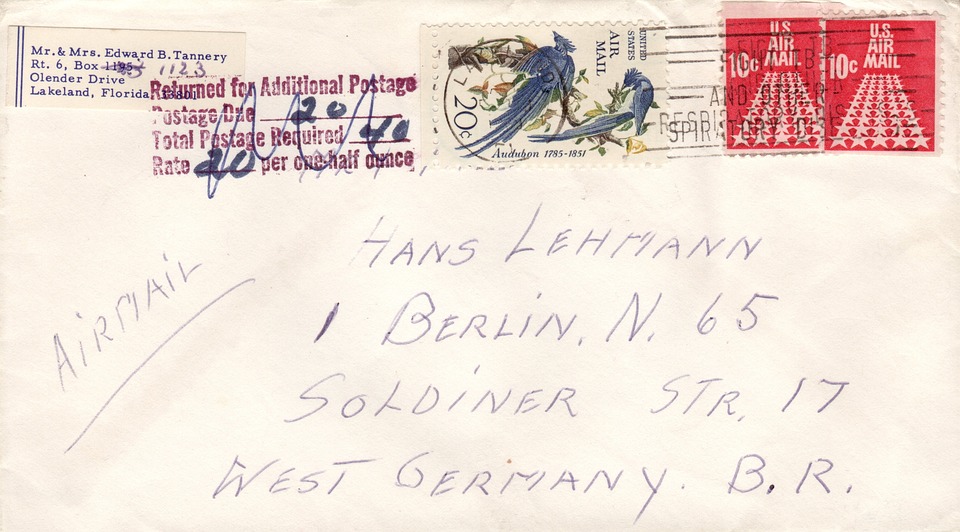
|
eunwan | Address | عِنْوان |
|

|
Azraq | blue | أَزْرَق |
|

|
aisfr | yellow | أَصْفَر |
|

|
Baghdad | Baghdad | بَغداد |
|

|
abu zabi | Abu Dhabi | أَبو ظَبي |
|

|
eadn | Aden | عَدن |
|

|
tabib | Doctor | طَبيب |
|

|
binaya | Building | بِناية |
|
Months
| Image | Pronunciation | Meaning | Formal / Written |
|---|---|---|---|
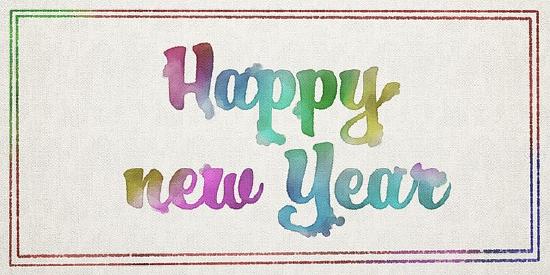
|
|
Year |
سَــنَةٌ |

|
|
Month |
ٌشَـهْـر |
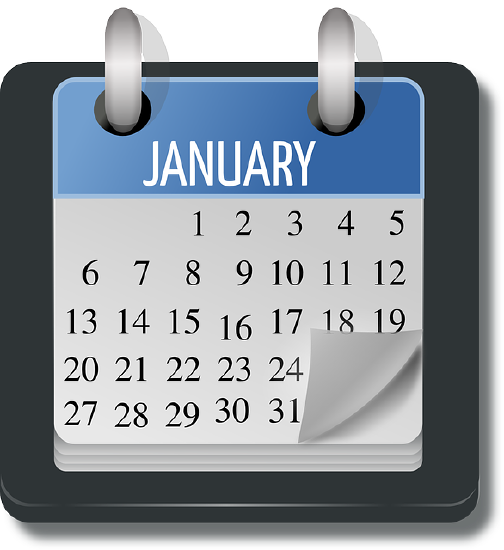
|
|
January |
يَـناير |

|
|
February |
فِبْراير |

|
|
March |
مارس |
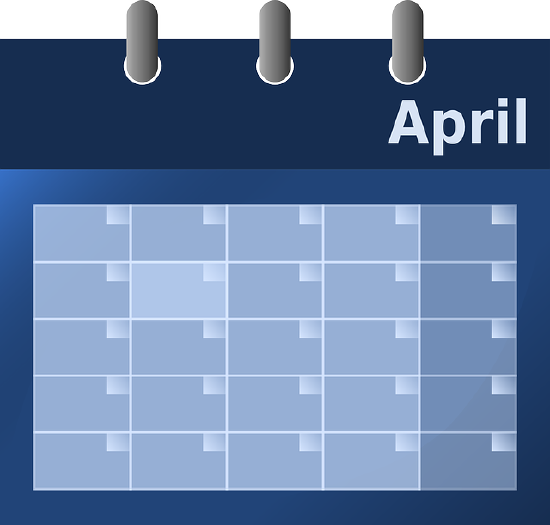
|
|
April |
أَبْريل |
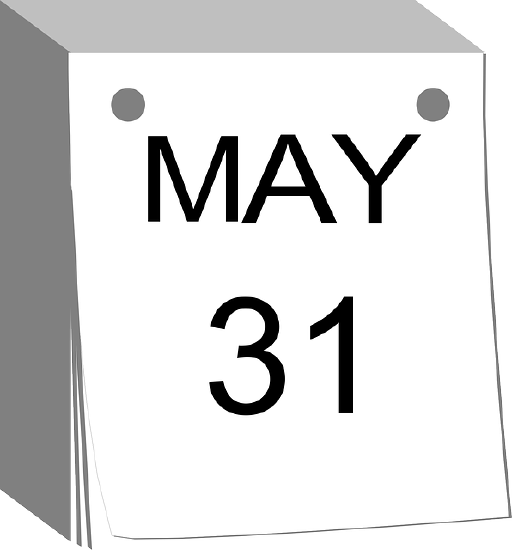
|
|
May |
مايو |

|
|
June |
يونيو |
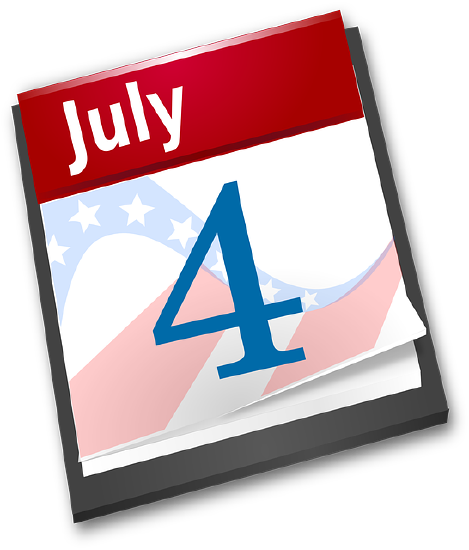
|
|
July |
يوليو |
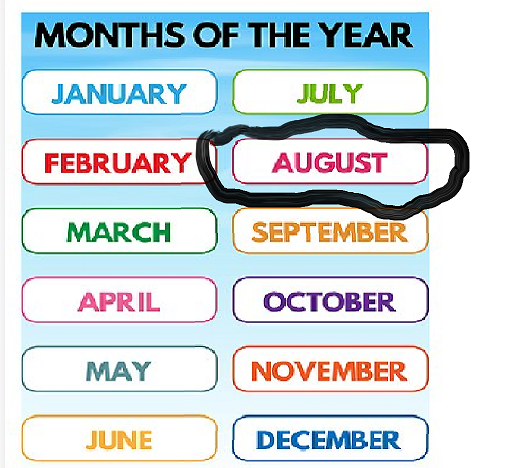
|
|
Augustus |
أغسطس |
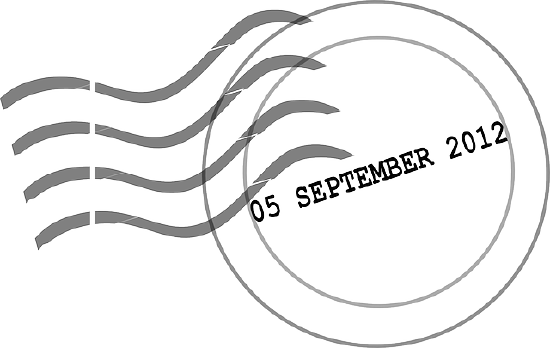
|
|
September |
سَبْتَمبَر |
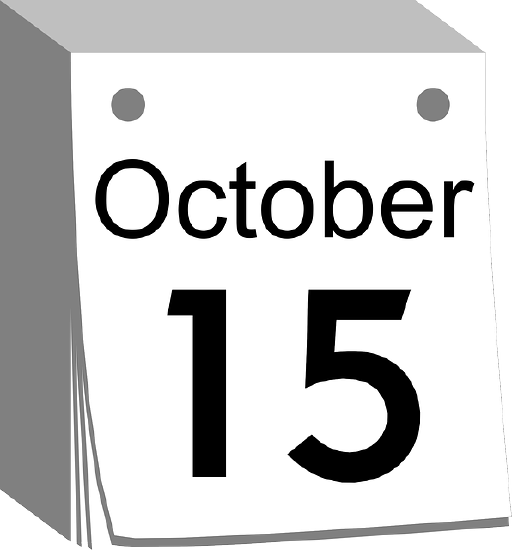
|
|
October |
أوكْتوبِر |
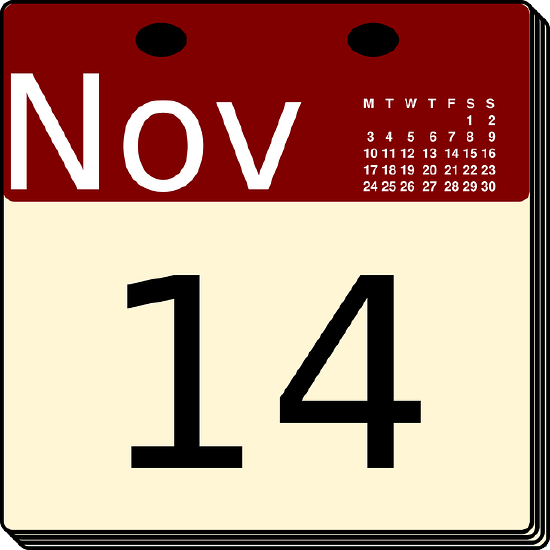
|
|
November |
نوفَـمبَر |
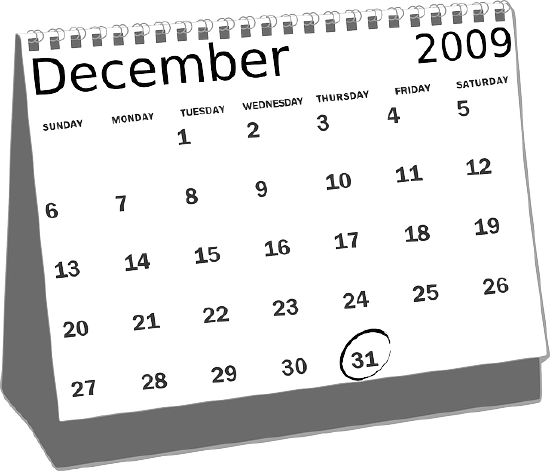
|
|
December |
ديسَـمْبَر |
Arabic Numerals from 0-100
What you need to know about Arabic Numerals?
- Western Numerals 0,1,2,3,4,5,6,7,8, and 9, also described as the Arabic numerals, are considered the first ten digits that are usually used for writing decimals. These numerals are called Arabic because they were presented to Europe by the Arabs.
- While the Eastern ( mashriq) Arabic Numerals, also called Arabic- Hindu numeral, are currently used in the east of the Arabic countries.
- These are the Arabic Numerals that are used nowadays: ٠، ١، ٢، ٣، ٤، ٥، ٦، ٧، ٨، ٩
- Arabic letters are read and written from right to left, but the Arabic numerals are read and written from left to right.
Count with Me from (0-10 )
Let's learn how to count in Arabic from 0-10
| Arabic Number | English Number | Number pronunciation | Arabic Word |
|---|---|---|---|
|
٠ |
0 |
Sifer |
صفر |
|
١ |
1 |
wahid |
واحد |
|
٢ |
2 |
Ithnan |
إثنان |
|
٣ |
3 |
Thalatha |
ثلاثة |
| ٤ | 4 | arba-ah | أربعة |
| ٥ | 5 | khamsah | خمسة |
| ٦ | 6 | Sittah | ستة |
| ٧ | 7 | Sab-ah | سبعة |
| ٨ | 8 | thamaniya | ثمانية |
| ٩ | 9 | tis-ah | تسعة |
| ١٠ | 10 | ashara | عشرة |
Write the numbers in Arabic numbers: 0 - 10 from right to left, and check the answer.

- Answer
-
٩٨٧٦٥٤٣٢١٠
Arabic Numbers from 11-20
| Arabic Numbers | English Number | Pronunciation | Meaning | Formal written |
|---|---|---|---|---|
| ١١ | 11 | ahada ‘ashara | eleven | إحدى عشر |
| ١٢ | 12 | ithna ‘ashara | tweleve | إثنا عشر |
| ١٣ | 13 | thalathata 'ashar | thirteen | ثلاثة عشر |
| ١٤ | 14 | arbaata 'ashar | forteen | أربعة عشر |
| ١٥ | 15 | khamsata 'ashar | fifteen | خمسة عشر |
| ١٦ | 16 | sittata 'ashar | sixteen | ستة عشر |
| ١٧ | 17 | sabata 'ashar | seventeen | سبعة عشر |
| ١٨ | 18 | thamaniyata 'ashar | eighteen | ثمانية عشر |
| ١٩ | 19 | tisata 'ashar | ninteen | تسعة عشر |
| ٢٠ | 20 | ishrun | twenty | عشرون |
Write your phone number in Arabic.
Tell three important phone numbers in Arabic for your international friend that he/ she needs to have in case of emergency.
Look at the pictures below and answer the question
What is the number of the street in the picture in Arabic number? ma raqm alshaarie fi alsuwra ما رقم الشارع في الصورة

- Answer
-
١٦
Activity
Look at the picture below and choose the correct word that matches the meaning



Activity 2
Drag the words into the correct boxes below
Activity 3
Highlight the letters in different directions to Find the words in the grid

